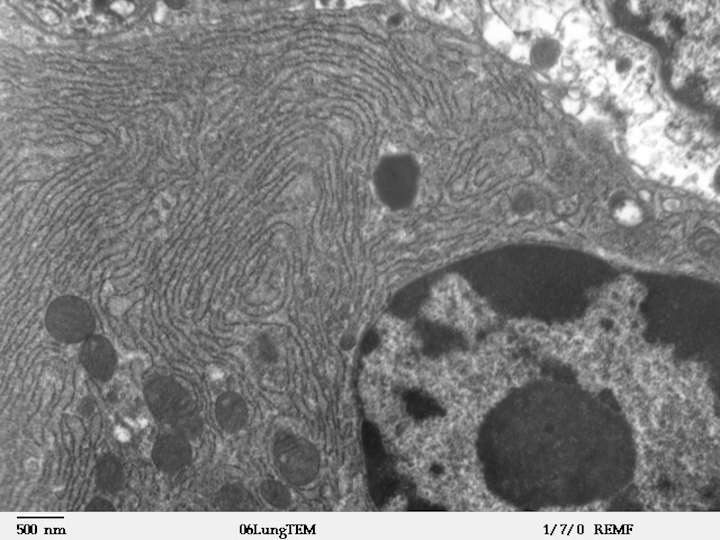Multitasking can be defined as the attempt to perform two or more tasks simultaneously; however, research shows that when multitasking, people make more mistakes or perform their tasks more slowly. Attention must be divided among all of the component tasks to perform them. In divided attention, individuals attend or give attention to multiple sources of…
Category: Resources
What Is Emotion Regulation?
Emotion regulation or emotional self-regulation is the ability to respond to the ongoing demands of experience with the range of emotions in a manner that is socially tolerable and sufficiently flexible to permit spontaneous reactions as well as the ability to delay spontaneous reactions as needed.[1] It can also be defined as extrinsic and intrinsic…
What Is Nerve Growth Factor?
Nerve growth factor (NGF) is a neurotrophic factor and neuropeptide primarily involved in the regulation of growth, maintenance, proliferation, and survival of certain target neurons. It is perhaps the prototypical growth factor, in that it was one of the first to be described. Since it was first isolated by Nobel Laureates Rita Levi-Montalcini and Stanley…
The Salience Network Of The Human Brain
The salience network of the human brain is a large scale brain network that is primarily composed of the anterior insula (AI) and dorsal anterior cingulate cortex (dACC). It is involved in detecting and filtering salient stimuli, as well as in recruiting relevant functional networks. Together with its interconnected brain networks, the salience network (SN)…
What Is The Endoplasmic Reticulum
The endoplasmic reticulum (ER) is a system of membrane-enclosed sacs and tubules in the cell. Their lumens are probably all interconnected, and their membranes are continuous with the outer membrane of the nuclear envelope1. All the materials within the system are separated from the cytosol by a membrane. The endoplasmic reticulum is the site where…
What Are Interneurons?
Interneurons are types of nerve cells, typically found in integrative areas of the central nervous system, whose axons (and dendrites) are limited to a single brain area. This feature distinguishes them from principal cells, which often have axonal projections outside the brain area where their cell bodies and dendrites are located. Principal neurons and their…
Examples Of Neuropeptides
Neuropeptides, small protein-like molecules, are used by neurons to communicate with each other. Many populations of neurons have distinctive biochemical phenotypes. For example, in one subpopulation of about 3000 neurons in the arcuate nucleus of the hypothalamus, three anorectic peptides are co-expressed: α-melanocyte-stimulating hormone (α-MSH), galanin-like peptide, and cocaine-and-amphetamine-regulated transcript (CART). In another subpopulation two…
What Is Alpha-synuclein?
Alpha-synuclein is a protein that is abundant in the human brain. Smaller amounts are found in the heart, muscles, and other tissues. In the brain, alpha-synuclein is found mainly at the tips of nerve cells (neurons) in specialized structures called presynaptic terminals. Within these structures, alpha-synuclein interacts with phospholipids and proteins. Presynaptic terminals release chemical messengers,…
What Is The Cerebral Cortex?
The cerebral cortex is the outer layer of neural tissue of the cerebrum of the brain in humans and other mammals. It is separated into two cortices, by the longitudinal fissure that divides the cerebrum into the left and right cerebral hemispheres. The two hemispheres are joined beneath the cortex by the corpus callosum. The…

